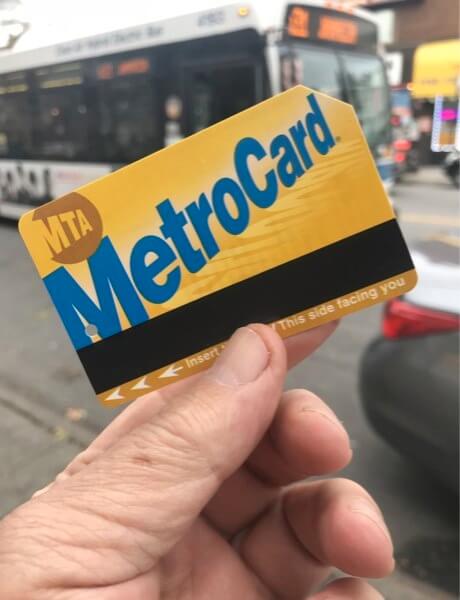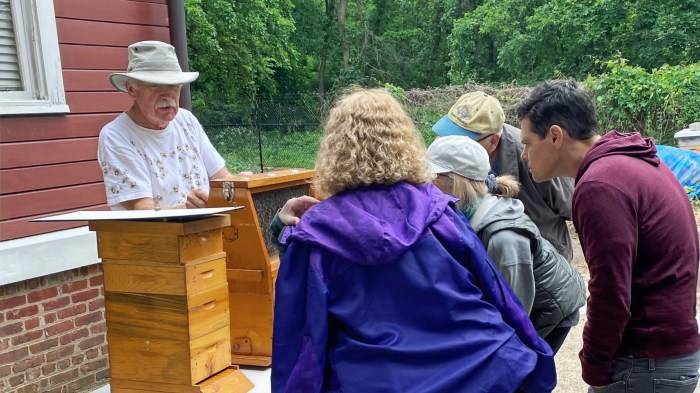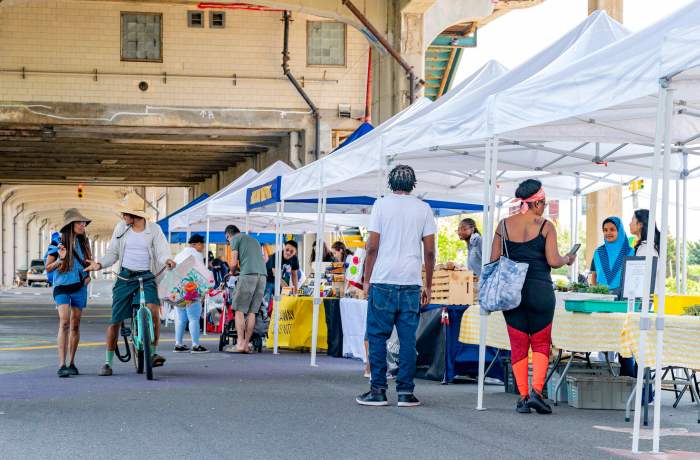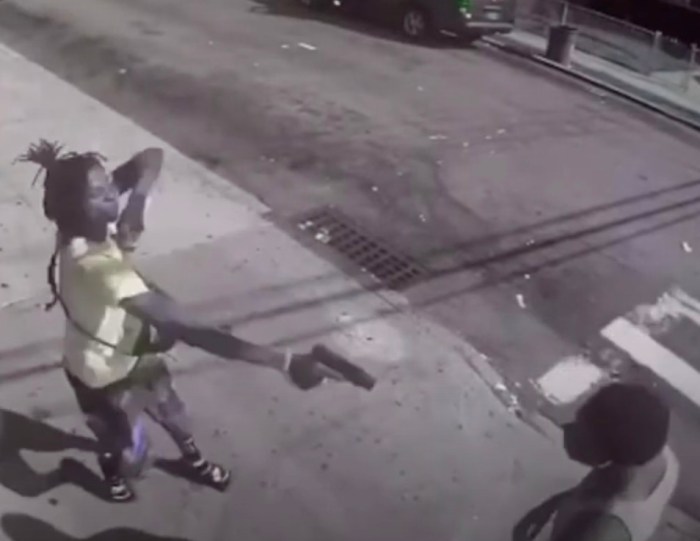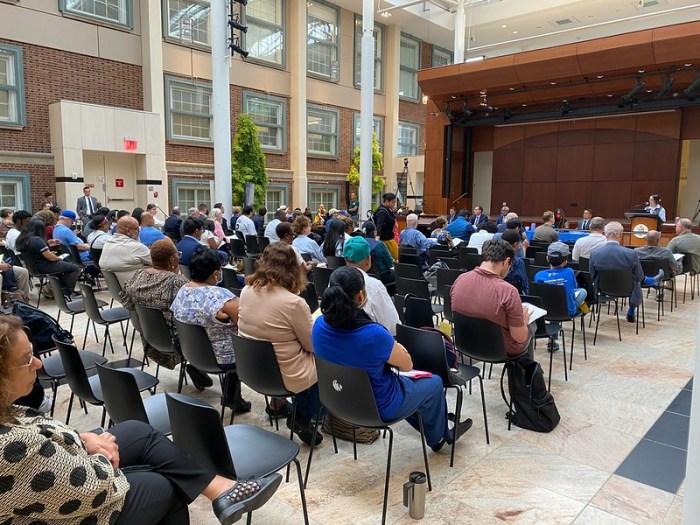By Mark Hallum
State Comptroller Thomas DiNapoli has warned that if a dedicated funding stream is not decided upon by city and state agencies, the MTA may soon be forced to impose “unplanned” fare and toll hikes.
A new report from DiNapoli’s office details funding issues as well as service disruptions within the MTA and called for an immediate solution to the MTA’s woes before commuters are forced to bear the brunt of restoring the failing system in which ridership is down for the first times after years of growth.
“Maintaining, modernizing and expanding the largest mass transit agency in the nation is critically important to the future of the New York metropolitan region,” DiNapoli said. “In the absence of adequate funding, the system could fall into further disrepair and riders could face unplanned fare hikes. The state and city need to find solutions to prevent these possibilities from becoming a reality, and the MTA must make the best use of its resources.”
John Raskin, executive director of the Riders Alliance, came out against fair hikes in a statement saying this would place undue burden on riders who will pay more and experience service cuts.
“Comptroller DiNapoli is right: the MTA is in dire need of repairs and modernization that will cost billions of dollars,” Raskin said. “If Gov. Cuomo doesn’t pass a new revenue source to fund the MTA, the only way to fix our subways and buses will be with fare hikes and service cuts, which are regressive plans that hurt working people the most. Gov. Cuomo should move quickly to pass a progressive source of MTA funding, like congestion pricing, so we can restore reliable transit service without passing along the bill to the New Yorkers who can least afford it.”
The Tri-State Transportation Campaign’s executive director, Nick Sifuentes, responded to the comptroller’s report by backing Gov. Andrew Cuomo’s congestion pricing proposal. The transit advocate compared the current state of the subways to the way it was notoriously experienced by commuters in 1980s until better funds were put toward the MTA.
“The MTA has a tremendous amount of work to do to get our system back up to par. But to do so our elected officials have to find sustainable funding sources for our subways, buses and commuter rail,” Sifuentes said. “Fortunately, both the governor and the mayor are proposing solutions that don’t burden riders who are already paying their fair share. Whether congestion pricing or a millionaires’ tax, our representatives have to find a progressive solution to the crisis on our public transit system. The bad old days of the 1980s showed us what happens when we don’t invest in transit. We’re in much better shape than then, but if lack of investment in our [public transit] continues, it won’t be long before we find ourselves dealing with a failed transit system and an ailing city again.”
Recently released MTA data shows weekday ridership dropped between September 2016 and 2017 for the first time since 2009. Weekday ridership reached its peak last year at around 6 million rides a day but went down by 50,000 in the latest count.
Weekend ridership dropped by about 58,000 passengers per day to total of about 5.7 million Metrocard swipes.
On top of subway ridership decline, buses travel has dipped down to about 2 million daily passengers compared to the 2.1 million average in 2013.
This fall in ridership coincides with endemic, system-wide failures on the subways alongside extensive work at mPenn Station as MTA Chairman Joe Lhota attempted to stabilize the system and implement overhauls with the state of emergency announced Cuomo in June and renewed for the fourth time at the end of October.
Reach reporter Mark Hallum by e-mail at mhall

